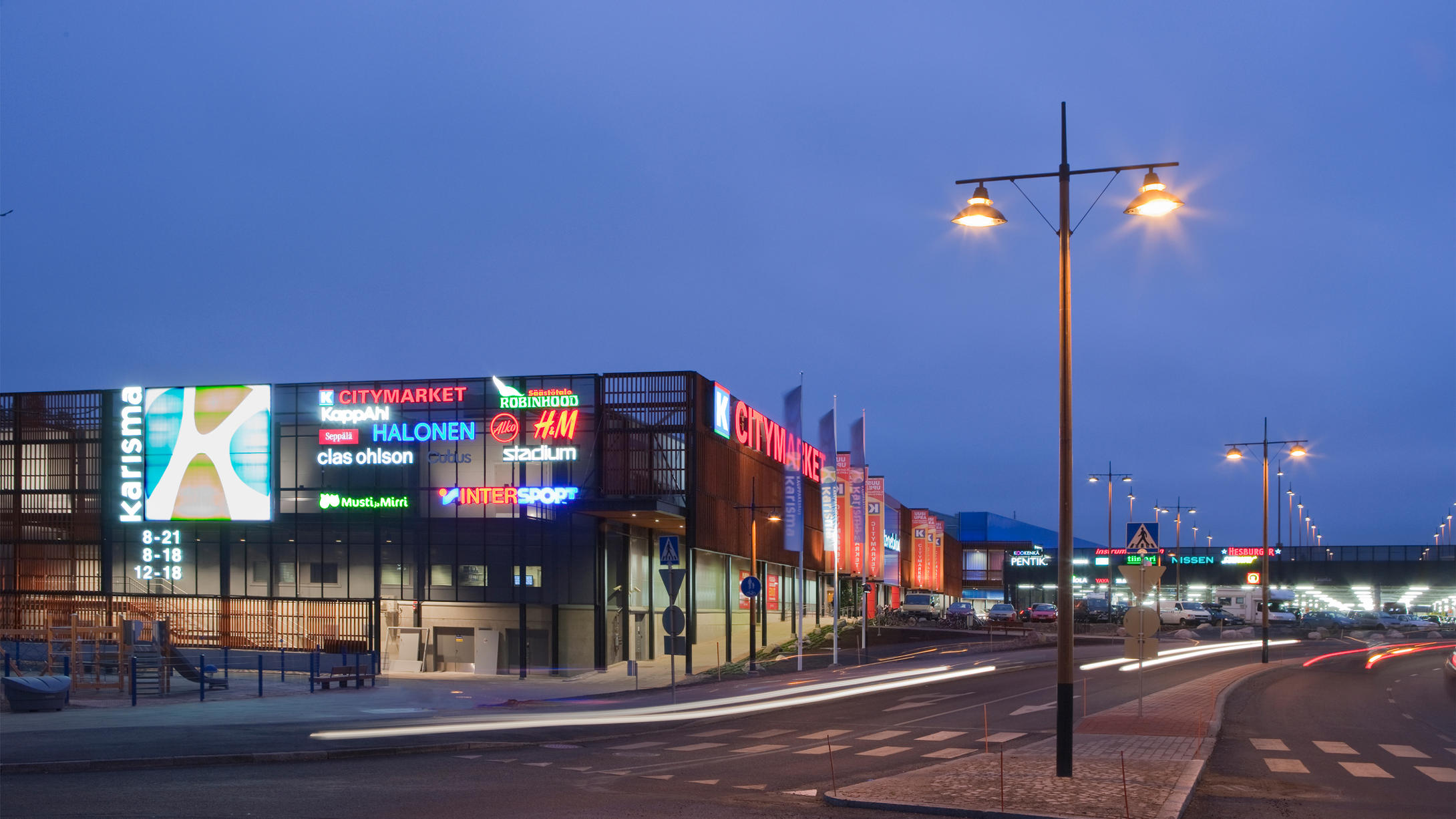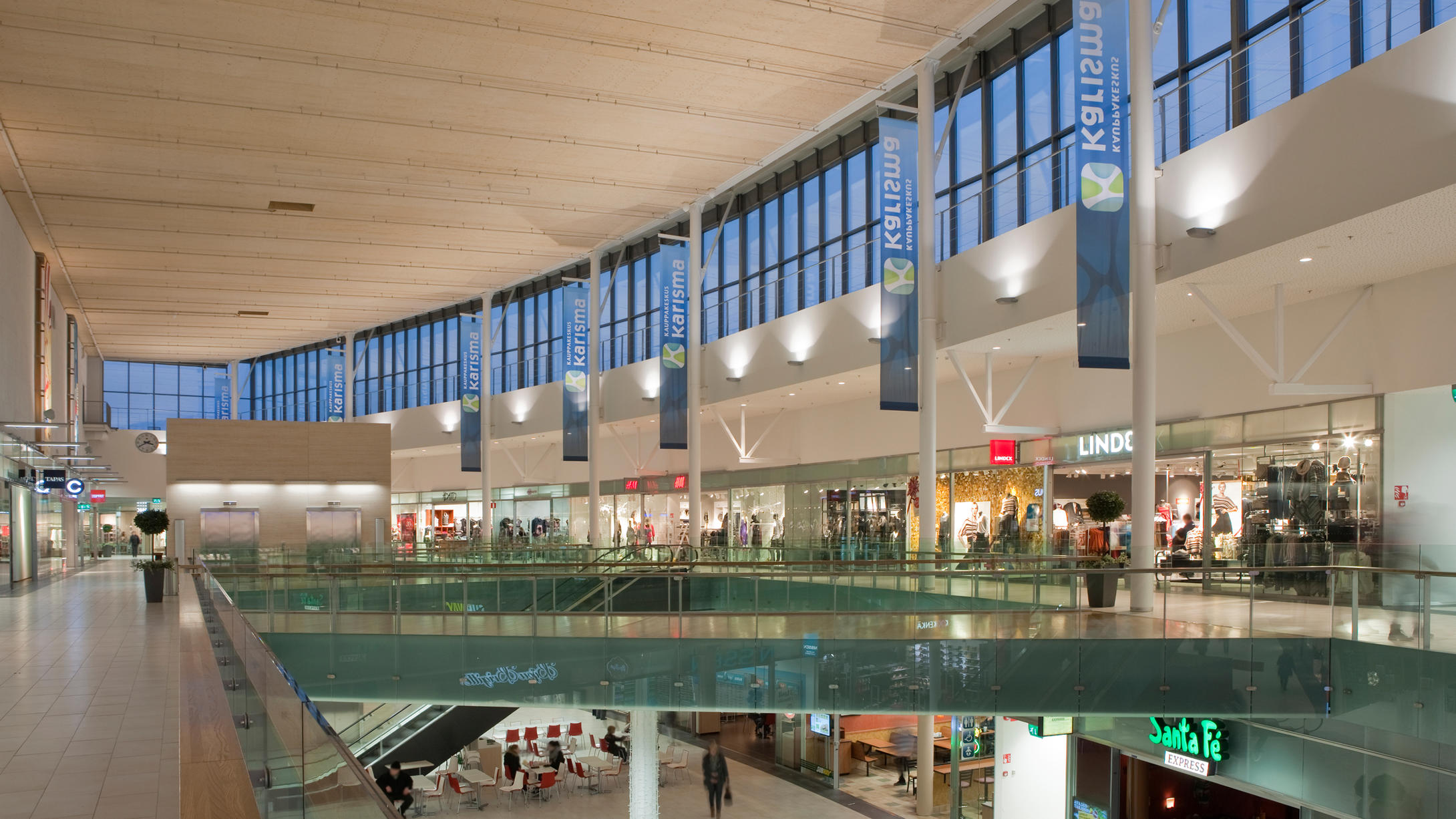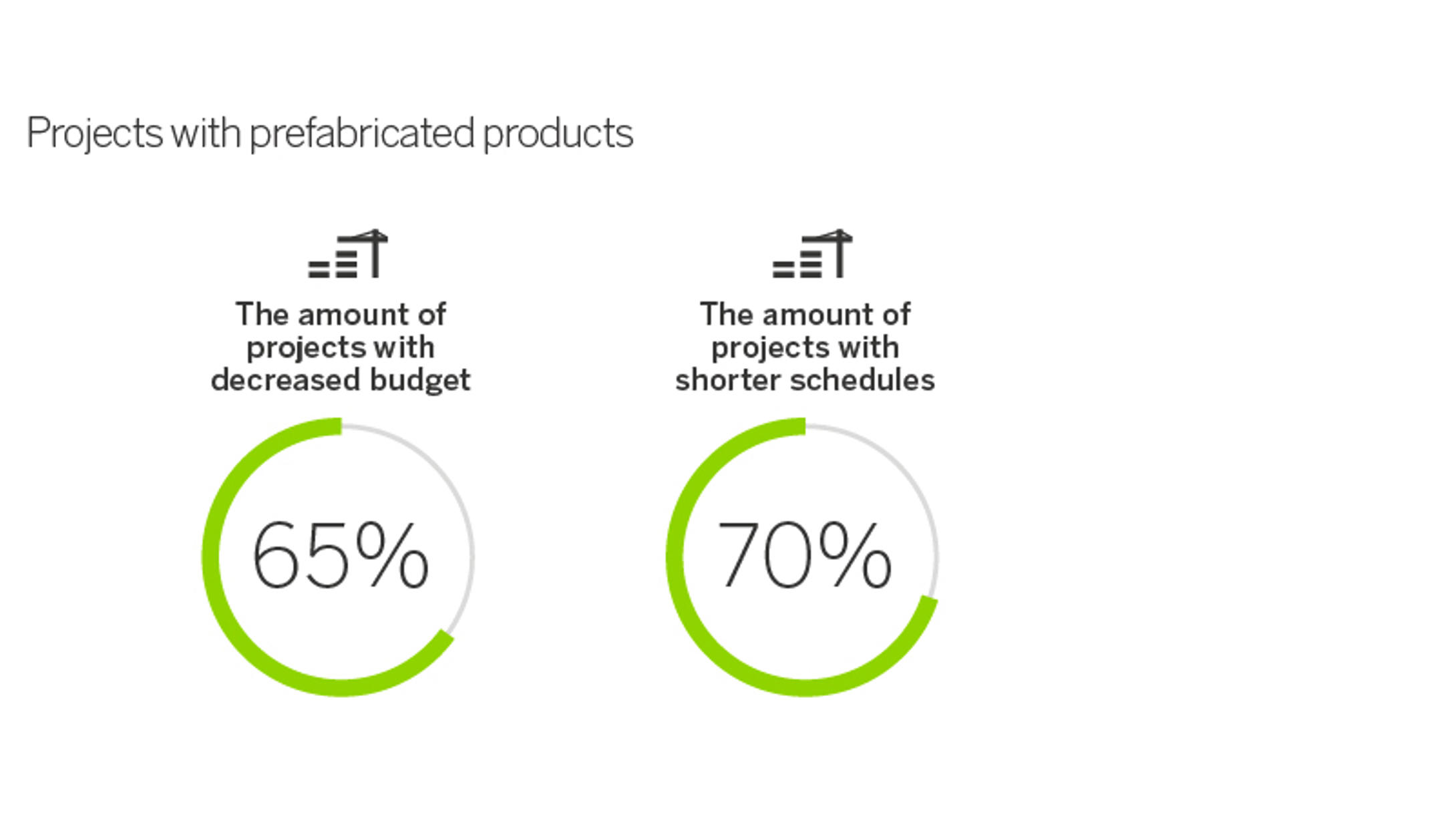The average productivity of manufacturing companies has risen steadily since the 1990’s, while the productivity of construction companies has stayed flat or even declined. McKinsey reports that the productivity gap between the two industries is currently 1.7-fold. The next 15 years will be crucial, as it is estimated that urban land area will triple between 2000 to 2030.
“Construction companies are typically operating with thin profit margins, thus relatively small reductions in costs can produce significant positive impacts. Depending on the size of the investment, different degrees of prefabrication may pay off even if their prices would be higher than those of building on site”, says Matti Kuittinen, architect and researcher from Aalto University. Faster building projects lead to faster revenue, thus saving time and reducing construction costs – without compromising quality – are the main drivers for the use of Metsä Wood’s prefabricated Kerto® LVL (Laminated Veneer Lumber) elements.








